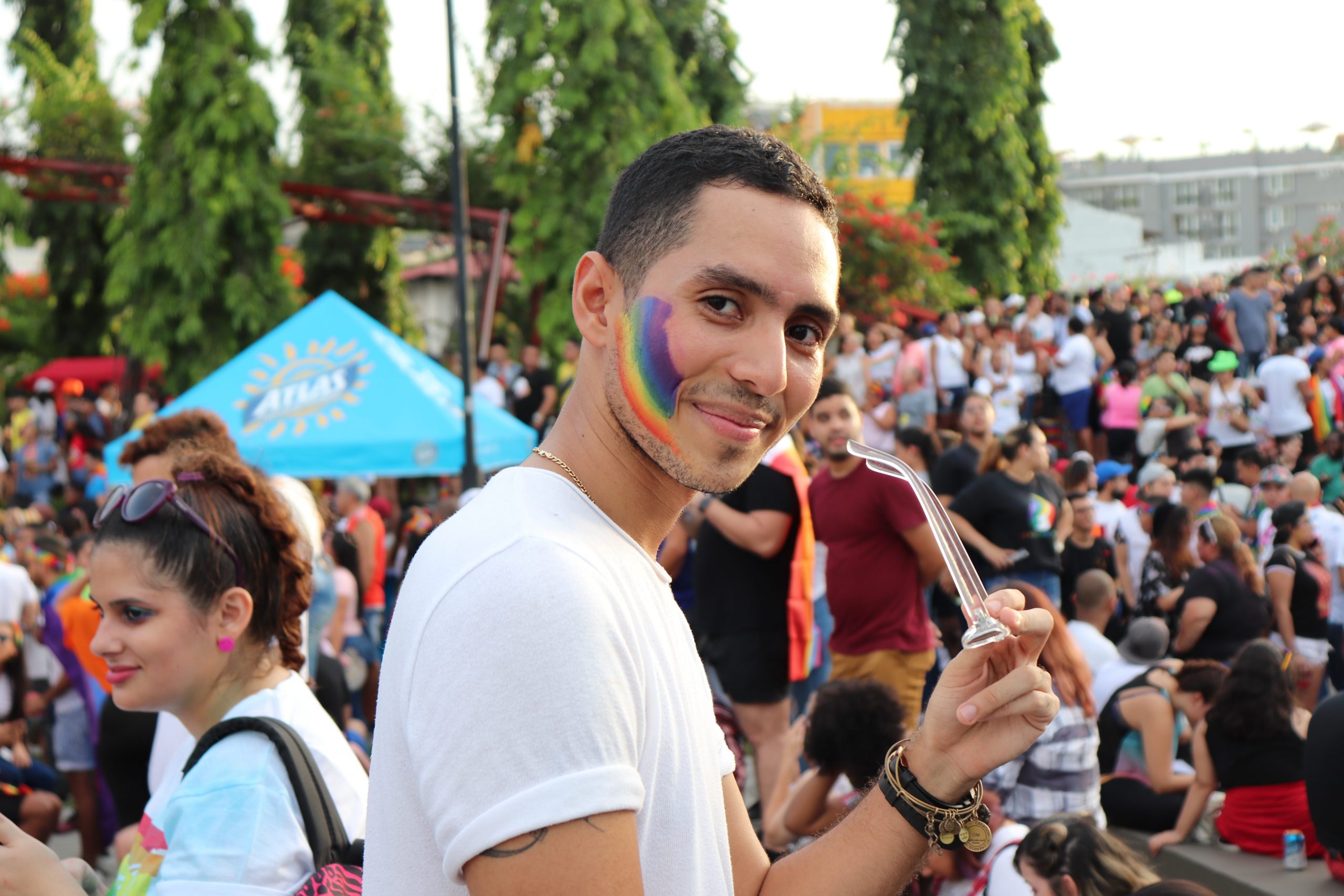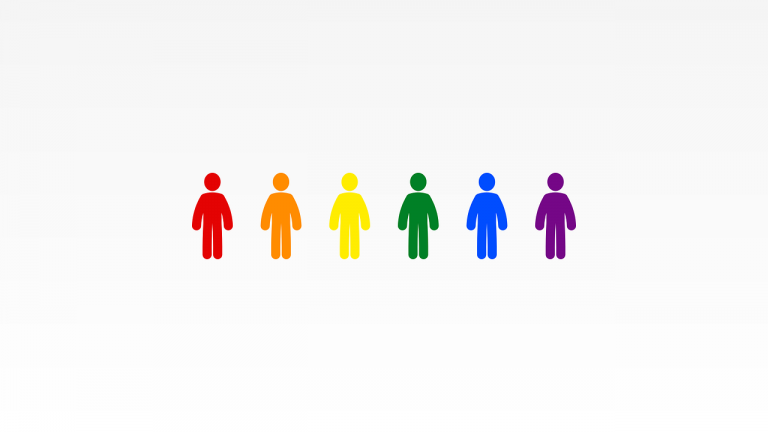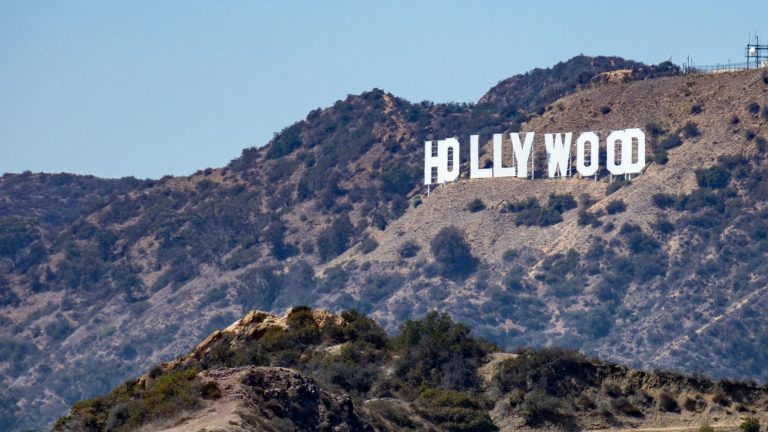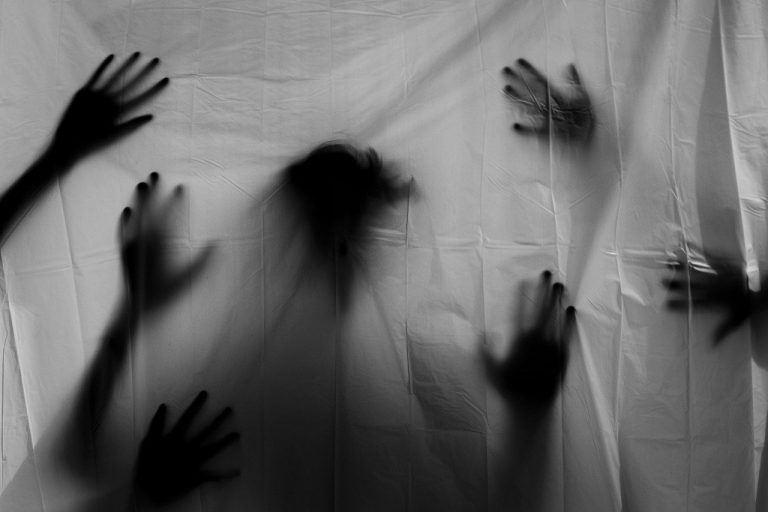How Important is Hulu’s Fire Island for the LGBTQ+ Community?
As previously discussed, gay Asian individuals often suffer from a mix of the model minority myth and their sexual orientation. One of the few examples that depict the tip of the iceberg of this experience is Joel Kim Booster’s movie Fire Island.
Fire Island addresses a glaring disparity within the LGBTQ+ community that often fails to include topics of race within a primarily white gay male setting. The movie marks an up-and-coming movement where conversations about race are becoming a necessity rather than an afterthought.
How is the Movie Important for Representation?
Kim Booster’s Fire Island illustrates racial dynamics in the LGBTQ+ community during the yearly gay island getaway. The movie depicts a constant stream of parties, hook-ups, and relationship-building that takes references from Kim Booster’s personal experience on the island.
Jude Dry from Indiewire recently interviewed Joel Kim Booster, his co-star Bowen Yang, and director Andrew Ahn about their inspiration behind the movie.
Kim Booster mentions that Pride and Prejudice was part of his inspiration for writing the script, as he thought the theme of social class was important. Kim Booster made a gay twist to the novel to highlight how his experience at Fire Island reveals a “heightened environment where there are no straight people to oppress us.” As a result of this setting, he writes about the hypocrisy of “[figuring] out ways to oppress each other and the various ways we do that” through race and social class.
Ahn also mentions, “We never wanted to shy away from the judgmental white muscle gays.” “Joel has had many experiences on the island where he’s felt discriminated against and we had to acknowledge that. To make a Fire Island movie without that would feel like we were sanitizing the experience. So we really went for it.”
Odie Henderson, a blog writer and someone who has experienced the culture at Fire Island, notes in his review of the movie the importance of covering the topics of race and body image in the film. He highlights one of the central phrases in the movie, “No fatties, no femmes, and no Asians,” and how it exposes the reality of gay social interactions. Henderson has spoken about his experiences at Fire Island and how he was told he was too fat to be there.
Despite all the horrible aspects of the gay community highlighted in the film, there are a few sentimental moments that illustrate solidarity. A Washington Post article written by Inkoo Kang notes how a longing for queer joy defines the movie. Kang highlights how the platonic relationship between the two gay Asian characters, Noah and Howie (played by Joel Kim Booster and Bowen Yang), depicts a desire for a bond between people who share a deeper understanding of each other’s experiences with racism.
How Does Race Present Itself in the LGBTQ+ Community?
When talking about race within the LGBTQ+ community, non-white individuals face an extra layer of discrimination. The Trevor Project, a non-profit focused on combating suicide rates for LGBTQ+ youth, notes that 18% of Asian American/Pacific Islander (AAPI) LGBTQ+ youth felt that care providers would not understand the unique struggles of race and sexuality, compared to 2% of white LGBTQ+ youth.
The issue is not restricted to Asian LGBTQIA+ people, as Black individuals are also affected by racial dynamics. 25% of Black LGBTQ+ individuals reported discrimination when involved with law enforcement, as opposed to 13% of white LGBTQ+ individuals. Similarly, Black LGBTQ+ people say bias affected their physical, emotional, and spiritual well-being at much higher rates than white individuals.
What Are the First Steps to Combating LGBTQ+ Racism?
The LGBTQ+ experience is greatly affected by one’s racial background. While a white LGBTQ+ person may face discrimination, there are also unique challenges when racism is included in the equation.
The Trevor Project suggests that in preparation for topics about race, LGBTQ+ people of color need to establish boundaries for what conversations they feel comfortable having. The unique experiences every queer person of color has with racism suggest that the approaches to discussing racism in the LGBTQ+ community must also be flexible.
Further educational resources indicate that the concept of white fragility must be addressed in discussions about race. A simple first step that white LGBTQ+ individuals can take to create a more inclusive space for people of color is to come to terms with their white privilege.





